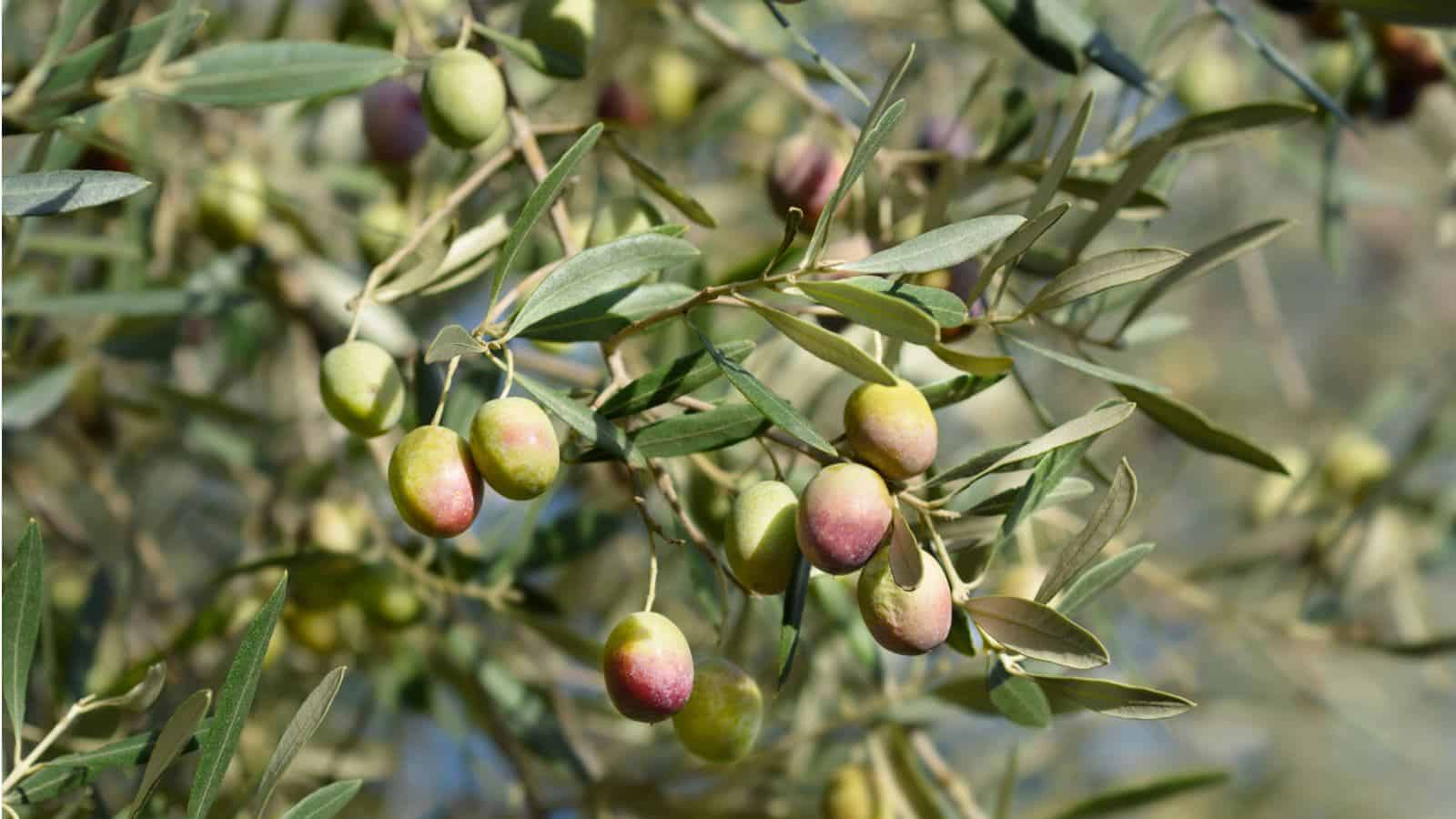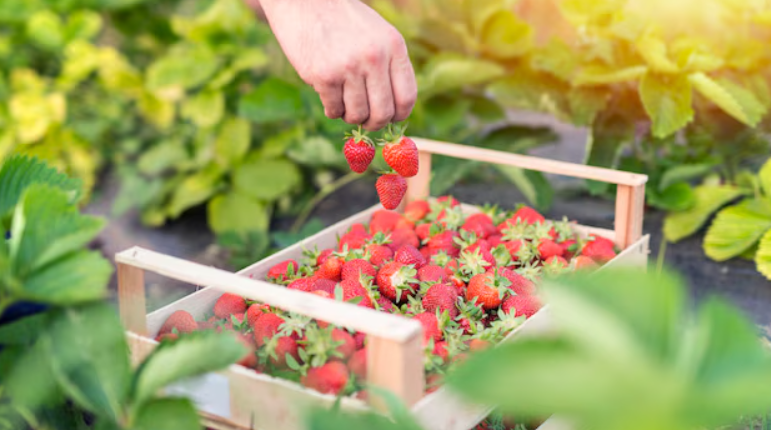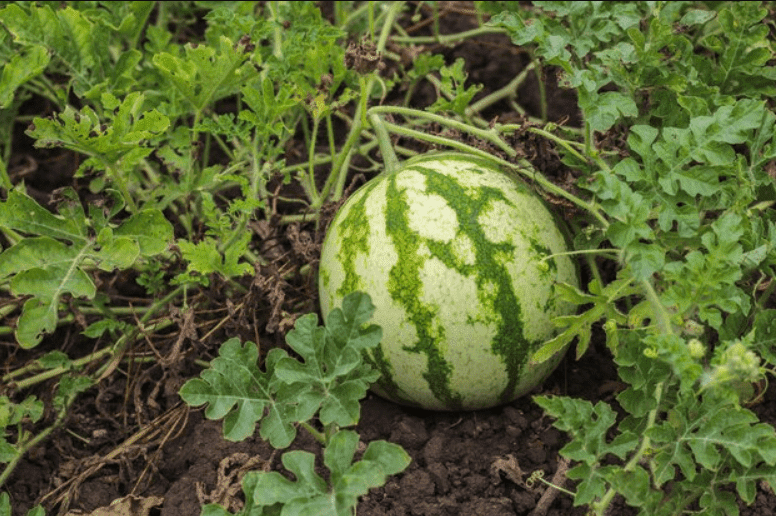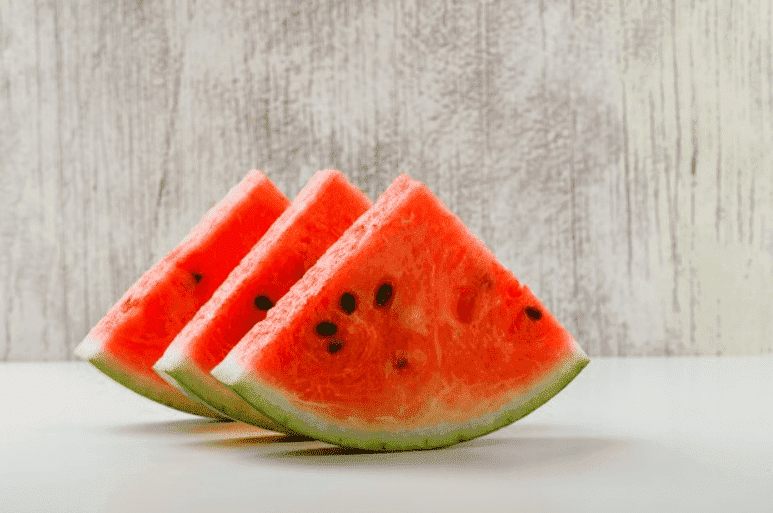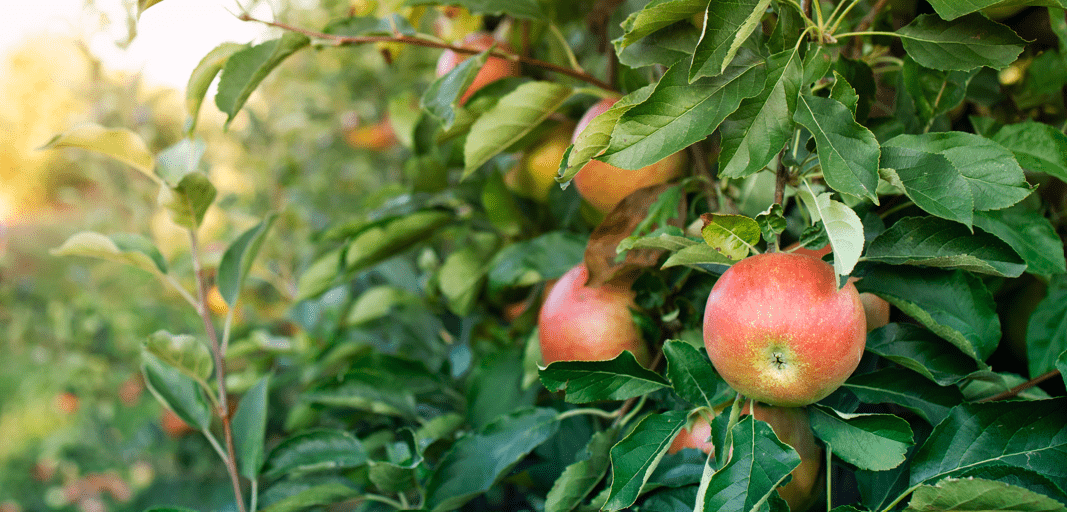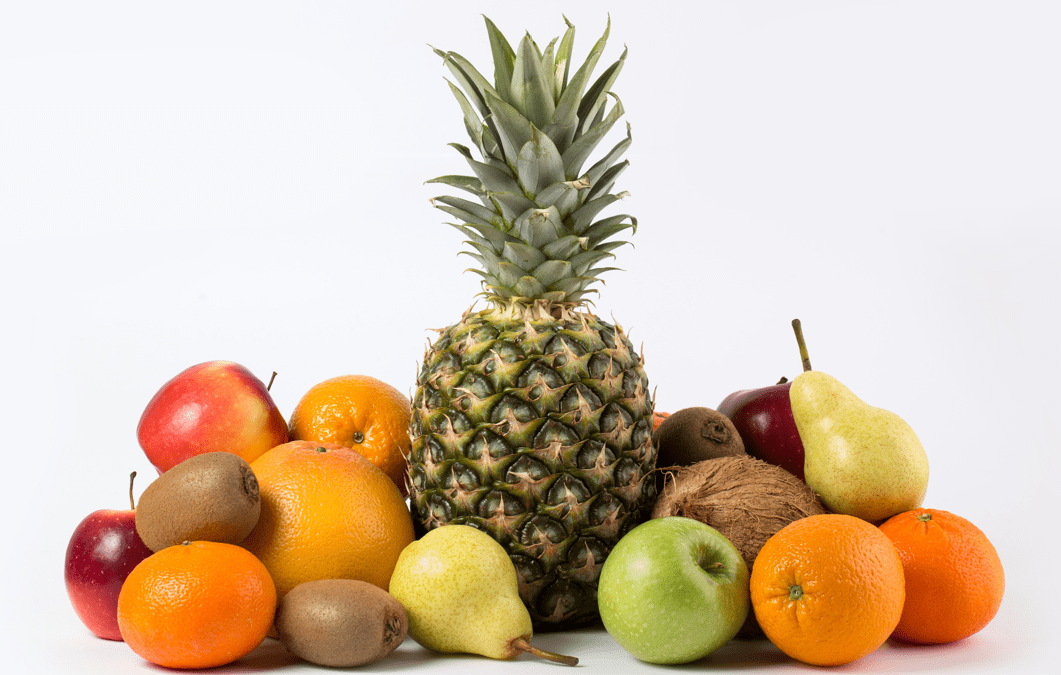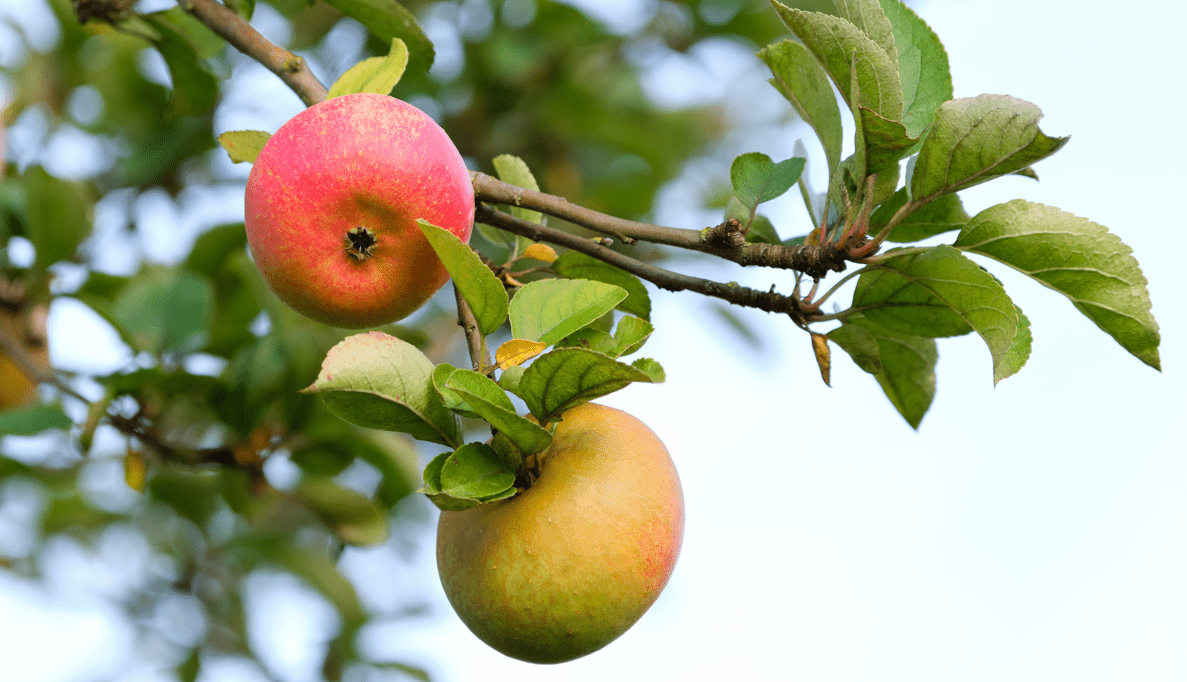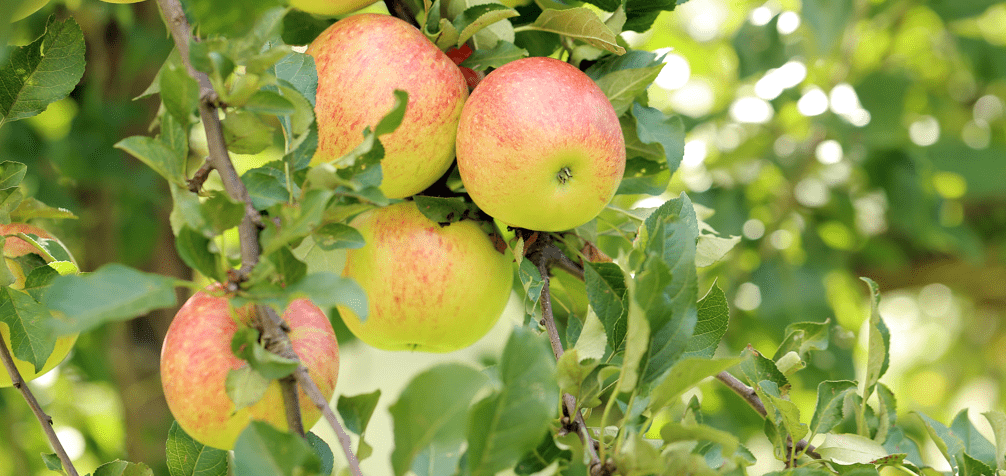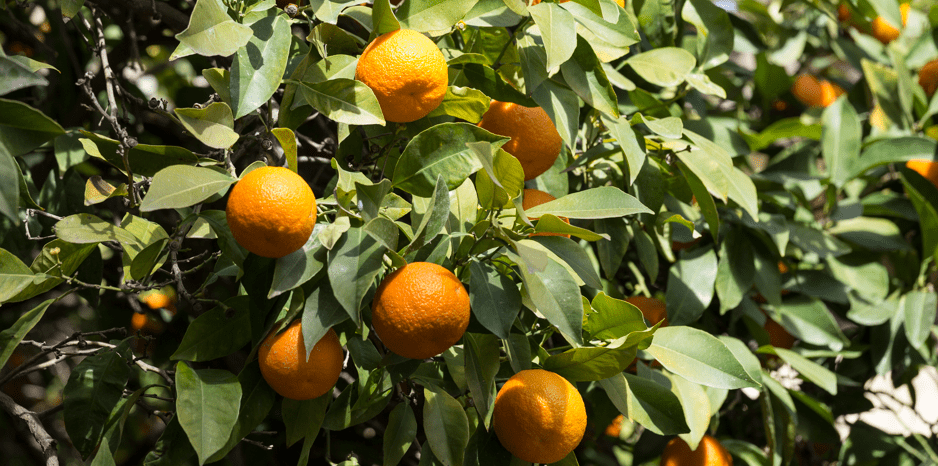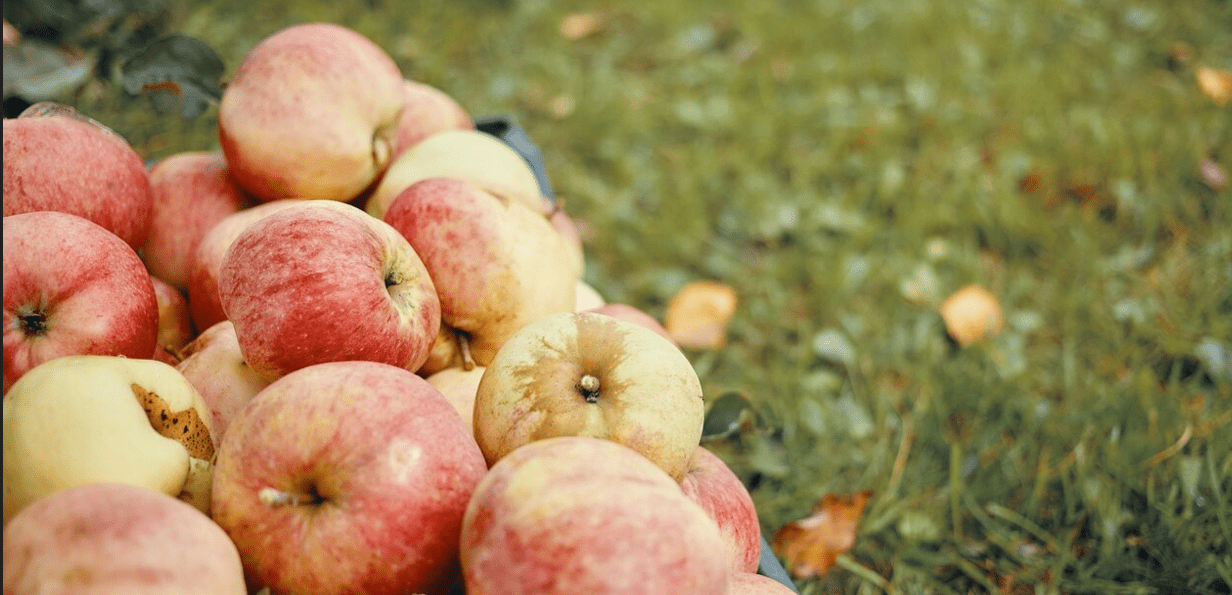The olive tree, known botanically as Olea europaea, is a traditional symbol of the Mediterranean and often reminds us more of vacations than home gardens. However, their slow growth and compact size are perfectly suited for growing them in pots or garden beds. Many modern varieties now handle cooler climates well, though they thrive best in a sunny, sheltered spot. With the right conditions, you might even harvest your own olives—maybe not enough to press into oil, but certainly enough to cure and enjoy as a tasty snack.
Table of Contents
TogglePlanting Olive Trees
When to Plant
The timing of planting an olive tree is essential while learning how to grow olive trees. Spring is the ideal time to plant once the risk of frost has passed. Young trees are susceptible to frost damage during their first winter, so autumn planting is only recommended in regions where temperatures remain above 30°F. Steer clear of planting in peak summer heat, as it can stress the tree.
Where to Plant
Choose a spot with full sun for at least eight hours a day. Avoid planting near concrete or paved surfaces, as fallen fruit can cause stains unless you’re growing a non-fruiting variety. Stay away from low-lying areas prone to standing water, as olive trees won’t tolerate soggy soil.
How to Plant
Dig a hole roughly the same width as the root ball but slightly shallower, keeping the top of the root ball slightly elevated above ground level. Skip compost or organic matter when backfilling. The tree must adjust to the native soil to develop strong, healthy roots.
Pollination
Most olive trees are self-fertile, producing both male and female flowers on a single tree. Still, planting a different variety nearby can boost fruit production through cross-pollination, leading to a more generous harvest.
Olive Tree Care
Watering
Although mature olive trees can handle dry conditions well, regular watering during the growing season helps support healthy blooms and fruit production, especially in hot, arid regions.
Spring and Summer:
Newly planted trees need deep watering two to three times a week, ideally with a soaker hose or drip system. Once the trees are well-established (around 5 to 7 years old), you can water them less often—every few weeks is usually enough, allowing the soil to dry out between waterings.
Fall and Winter:
Reduce watering during the cooler months. If rainfall is sufficient, you might not need to water at all.
Soil:
Olive trees thrive in well-draining soil. Avoid planting in heavy clay, which holds too much moisture and can harm the roots.
Amendments & Fertilizer
Olive trees don’t require heavy feeding, and overly rich soil can actually reduce fruit production. Still, if your soil lacks nutrients, a balanced fertilizer with at least 10% nitrogen can support healthy growth. To retain moisture and keep weeds away, spread organic mulch around the base. Just be sure to keep it a few inches away from the trunk to prevent rot.
Pruning
Olive trees take well to pruning, but how much you trim and why depends on your goal. If you’re aiming for more fruit, your approach will differ slightly from pruning for shape or ornamental value. Young trees can be trained early for structure. Older ones can be refreshed with selective cuts, and mature trees benefit from strategic pruning to improve fruit yield and make harvesting easier.
For overall health, regularly remove dead or diseased wood, and cut away any suckers growing at the base.
Keep in mind that olives form on the previous year’s growth, so if fruit is your priority, prune sparingly, just enough to open up the canopy and let in more sunlight.
Harvesting Olives
Olives can be harvested while they’re still green or left to fully ripen by late fall, depending on how you plan to use them. Freshly picked olives are typically very bitter and need curing before they’re edible. Common curing methods include brining or sun drying.
Like apple trees, olive trees are alternate bearers, meaning a heavy crop one year may be followed by a lighter one the next. Young trees usually take 4 to 5 years to produce a good yield, with harvests improving as the tree matures.
Diseases and Pests
Look for common issues like verticillium wilt, olive knot, black scale, and especially olive fruit flies. The olive fruit fly is the greatest threat to fruiting trees. It lays eggs just beneath the skin of the olives, leading to spoiled fruit and potentially ruining an entire harvest. Consistent monitoring and early intervention are essential to keeping your tree healthy and productive.
Growing Olive Trees Indoors
If you live in a colder region where olive trees can’t survive the winter outdoors, growing one in a container is a great option. Though it likely won’t produce fruit. Still, you can enjoy its beauty year-round with the right care.
- Place your olive tree in a bright spot with at least 6 hours of sunlight daily, like a south-facing window.
- Olive trees handle dry indoor air well and typically don’t need extra humidity.
- Select a dwarf variety that stays under 6 feet tall; prune as needed to maintain its size or shape it as a bonsai.
- Use a large pot with good drainage and a fast-draining soil mix, such as cactus potting soil.
- Feed with a slow-release fertilizer twice a year—in spring and mid-summer.
- When moving the tree back outdoors in spring, wait until all frost danger is over and gradually increase sun exposure to help it adjust.

